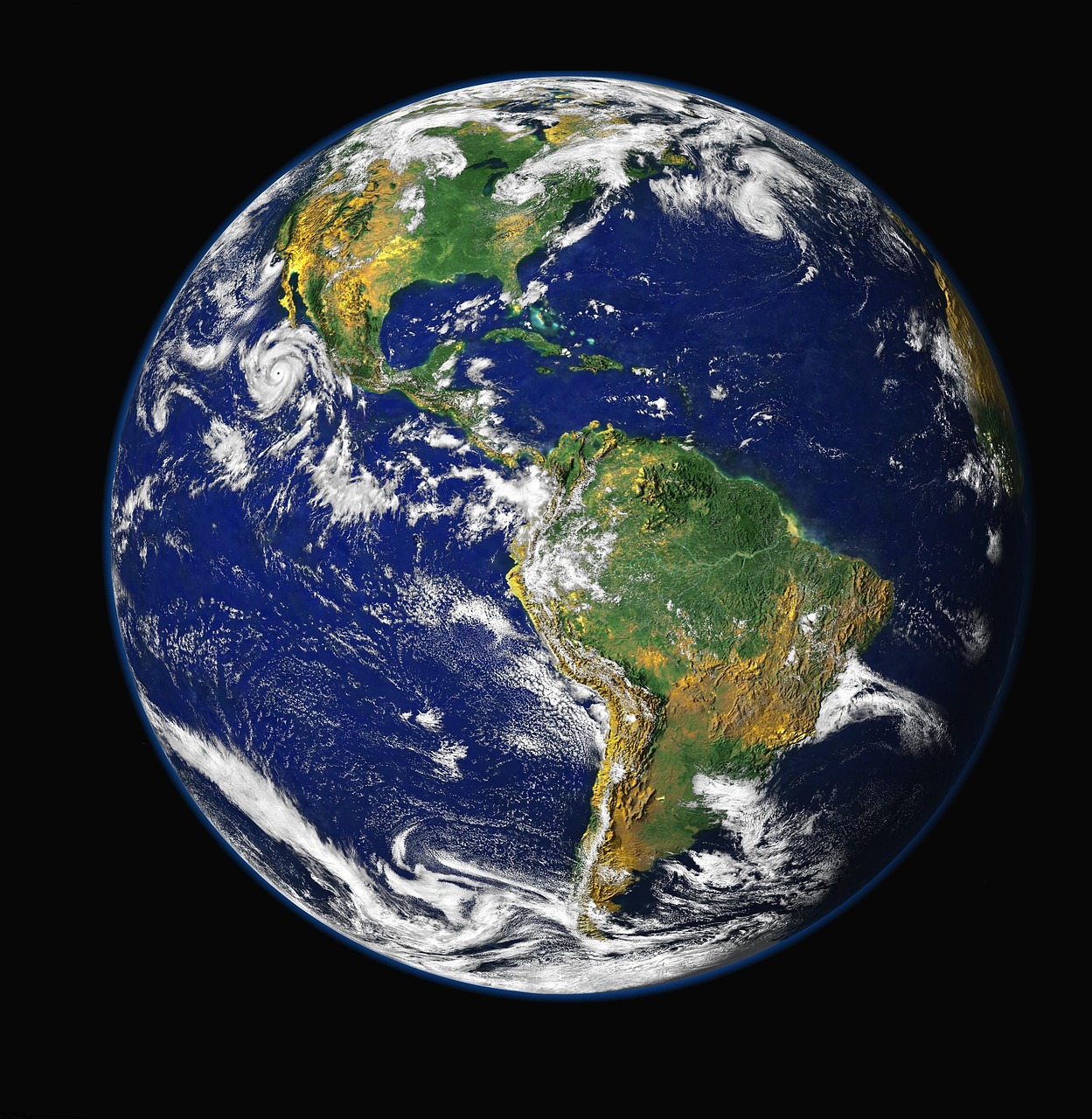In the wake of Earth Day 2024, it is imperative to delve into the pressing environmental challenges posed by plastics. Our collective responsibility compels us to grasp the intricate web of consequences stemming from plastic production, usage, and disposal. This article aims to dissect the profound impacts of plastics on our planet’s ecosystems and advocate for sustainable solutions.
The Plastics Predicament
Plastic Production and Consumption
The proliferation of plastics in modern society is undeniable. With an annual global production exceeding 359 million metric tons, plastics have entrenched themselves in nearly every facet of human existence. From packaging to construction materials, their versatility is unparalleled, yet their ubiquity comes at a staggering cost to the environment.
Environmental Degradation
Plastics’ durability, a boon in many applications, morphs into a bane upon disposal. Their persistence in the environment, enduring for centuries, wreaks havoc on ecosystems worldwide. Marine habitats suffer immensely, with an estimated 8 million metric tons of plastic finding their way into oceans annually. The resultant marine pollution not only endangers marine life but also infiltrates the human food chain, posing grave health risks.
Microplastics Menace
Compounding the issue is the insidious threat of microplastics, particles smaller than 5mm in size. Derived from the fragmentation of larger plastic debris or intentionally manufactured for various purposes, these minuscule pollutants permeate terrestrial and aquatic environments alike. Their pervasive presence underscores the urgent need for comprehensive mitigation strategies.
Addressing the Crisis: Sustainable Solutions
Embracing Circular Economy Principles
Central to combating the plastic crisis is the transition towards a circular economy model. By prioritizing resource efficiency, waste reduction, and product design for recyclability, we can curtail the rampant linear consumption pattern that exacerbates environmental degradation.
Promoting Alternatives and Innovations
Innovation stands as a beacon of hope in our quest for sustainable alternatives to conventional plastics. Biodegradable polymers, derived from renewable sources, offer a promising avenue for reducing reliance on fossil fuel-derived plastics. Furthermore, advancements in recycling technologies hold the potential to mitigate plastic pollution by diverting waste from landfills and incinerators.
Advocating for Policy Reform
Legislative measures play a pivotal role in catalyzing systemic change and holding industries accountable for their environmental footprint. Comprehensive regulations encompassing plastic production, usage, and disposal can incentivize eco-friendly practices while penalizing unsustainable behavior.
Conclusion
As we reflect on Earth Day 2024, let us reaffirm our commitment to preserving the planet for future generations. The specter of plastic pollution looms large, but through concerted action and unwavering resolve, we can forge a path towards a more sustainable future. Together, let us turn the tide on plastics and embrace a harmonious coexistence with nature.
By prioritizing sustainable practices and fostering innovation, we can mitigate the environmental toll of plastics and safeguard the integrity of our planet. Let us seize this opportunity to enact meaningful change and pave the way for a brighter, more resilient future.

